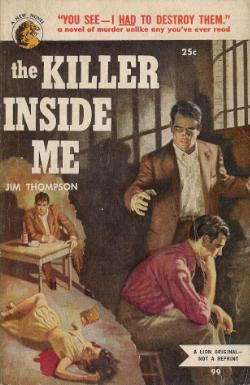
Noir fiction is a subgenre of crime fiction.

Simon Moore is a British screenwriter, director, and playwright. He is best known as writer for the 1989 six-part BBC miniseries about the international illegal drug trade, Traffik, the basis for the 2000 American crime film Traffic and the 2004 three-part USA network miniseries by the same name.

Running Water is a 1907 adventure novel by the British writer A.E.W. Mason. The story could be defined as mountaineering crime fiction with a romantic twist.
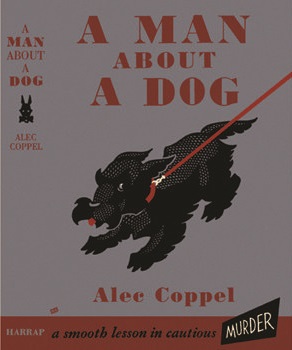
A Man About a Dog is a 1947 thriller novel by the British-Australian writer Alec Coppel. Driven to distraction by his wife's repeated affairs, her husband decides to kidnap her latest lover and commit the perfect murder, only to be thwarted by a dog.
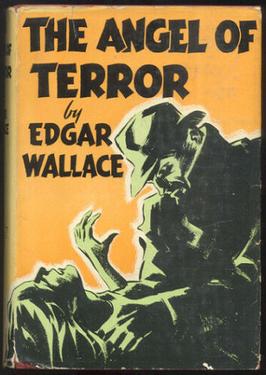
The Angel of Terror is a 1922 crime novel by the British writer Edgar Wallace.

The Strange Countess is a 1925 crime novel by the British writer Edgar Wallace.
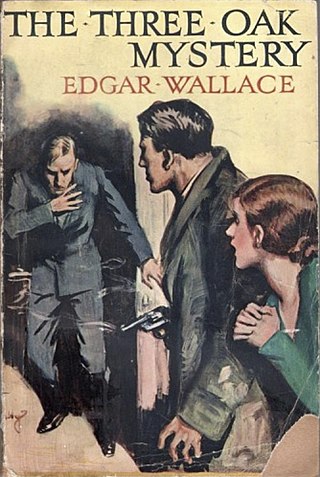
The Three Oak Mystery is a 1924 crime novel by the British writer Edgar Wallace.

Down Under Donovan is a 1918 crime novel by the British writer Edgar Wallace.
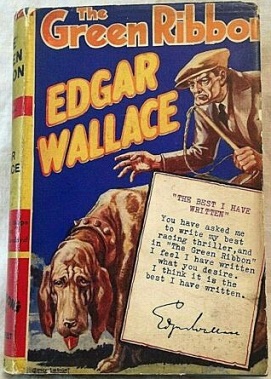
The Green Ribbon is a 1929 crime novel by the British writer Edgar Wallace. Like a number of Wallace's novels it is set against the backdrop of the horseracing world.
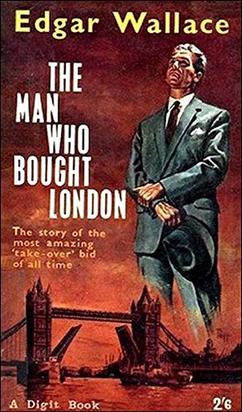
The Man Who Bought London is a 1915 crime novel by the British writer Edgar Wallace. It was originally published as a magazine serialisation.
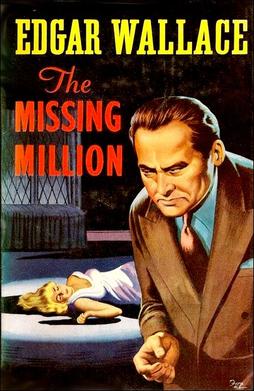
The Missing Million is a 1923 crime novel by the British writer Edgar Wallace.
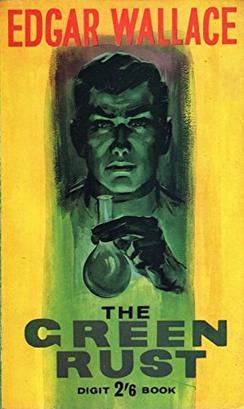
The Green Rust is a 1919 crime novel by the British writer Edgar Wallace. An American detective battles an evil Doctor who plans to destroy the world's wheat supplies.

The Green Archer is a 1923 thriller novel by the British writer Edgar Wallace. The novel was serialized in The Detective Magazine, Amalgamated Press, London, July 20, 1923-Oct 1, 1924, in 14 parts. The first UK book edition was published by Hodder & Stoughton in London in 1923. The first US book editions were by Small, Maynard & Co, New York, 1924 and by A.L. Burt Co., New York, 1924. Hodder & Stoughton reprinted the book in 1940 and in 1953.
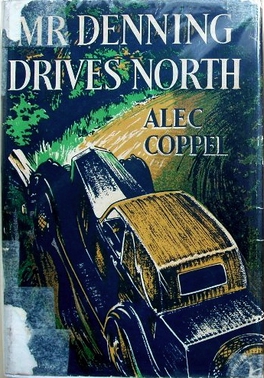
Mr. Denning Drives North is a 1950 thriller novel by the British-Australian writer Alec Coppel. When successful and happily married aircraft manufacturer Tom Denning attempts to commit suicide by crashing a plane, detectives uncover a murder in his past background that has driven him insane with guilt.

None but the Lonely Heart is a 1943 novel by the British writer Richard Llewellyn. It focuses on the life of Ernie Motts, who narrates the story from his own perspective, a wide boy from London. It was published four years after Llewellyn's best-known work, the Wales-set How Green Was My Valley.

The House by the River is a 1921 crime thriller novel by the British writer A.P. Herbert. A young poet on the verge of greatness makes advances to the family maid while his wife is away. She resists and he accidentally kills her. Panicking he persuades his friend to help his dispose of the body in the nearby River Thames. However, when the body is discovered police suspicion falls on his friend.
Salute the Toff is a 1941 crime thriller novel by the British writer John Creasey. It is the sixth in his long-running featuring the gentleman amateur detective The Toff.

The Long Memory is a 1951 crime novel by the British writer Howard Clewes. After seventeen years in prison for his role in a murder, Philip Davidson returns to his former haunt on the Kent side of the River Thames. He takes up residence in a derelict barge and plans his revenge against those who saw him sent to jail for a crime he did not commit. His progress is kept under observation by Bob Lowther, a police officer who married Davidson's girlfriend after he was convicted. Lowther has risen in the force since then, but has long had nagging doubts that his wife may have committed perjury. Davidson's bitterness against those who have wronged him is offset by his meeting of a young refugee woman who is equally an outsider in society. The story concludes with Davidson finding that the man he supposedly killed is alive and well in the Docklands of London.
Harry Martineau is a fictional British police detective created by Maurice Procter. He is a Chief Inspector in the industrial Northern city of Granchester, which was inspired by Manchester. Procter, himself a former police officer, wrote fourteen novels in the series published between 1954 and 1968. Martineau has been described as a transitional figure in detective fiction standing between the Golden Age detectives such as Ngaio Marsh's Roderick Alleyn and Josephine Tey's Inspector Grant and the newer fashion for police procedurals.

Odd Man Out is a 1945 crime thriller novel by the British writer F. L. Green. The novel is set in present-day Northern Ireland and portrays an IRA heist gone wrong.


















